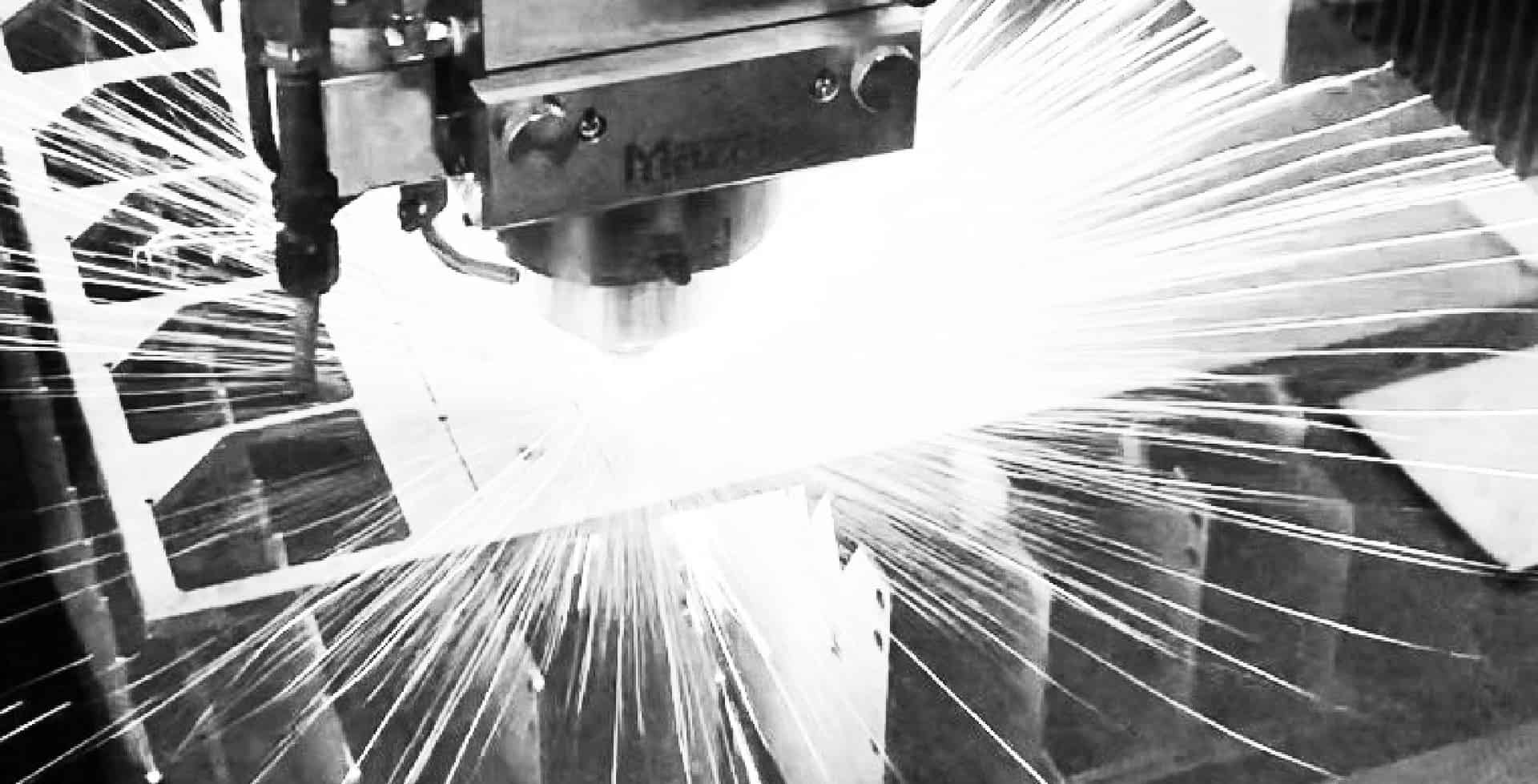NFPA introduces NFPA 652 The National Fire Protection Association (NFPA) has established a new combustible dust standard, NFPA 652, which was adopted by the Occupational Safety and Health Administration (OSHA). The new standard impacts many industries, including chemical, wood processing, metals and agriculture. NFPA 652 improves uniformity to the industry-specific combustible dust standard and defines…
The efficiency of an industrial ventilation system’s fan can reduce an organization’s overall energy demands significantly. An industrial fan’s performance depends on the industrial ventilation system’s design and layout, the type of fan selected, the system requirements and proper maintenance of the fan after installation. During the design phase of an industrial ventilation system, the…
A fan is the primary air moving device in an industrial ventilation system. Industrial ventilation fans are categorized into three groups: axial, centrifugal and special types. In addition to matching the required airflow and pressure considerations, the air stream characteristics, operating temperature, drive arrangement and mounting should be considered when selecting an industrial fan. Types…
As explained in “Industrial Fan Selection – Part 1” a fan is the primary air moving device in an industrial dust collection system. Part 1 defines fan types and ideal applications. In Part 2, the primary considerations for selecting the right fan are defined. However, as recommended in the Industrial Ventilation: A Manual of Recommended…
The primary goal of an industrial ventilation system hood is to capture and transfer environmental contaminants. A hood’s size and shape is designed specific to its end application but is typically classified within the enclosing hood or exterior hood category. Hood Types Enclosing hoods: An enclosing hood will completely or partially surround the point where…
The ductwork of an industrial dust collection system connects the system’s hoods, air cleaning device(s) and fan. Carefully planning the size of the ductwork will assist in reducing waste, reducing costs and improving efficiency. Types of Industrial Ductwork Industrial Ductwork Sizing Determining the size of the ductwork for an industrial dust collection system requires a…
We’ve put together a handy checklist to help you set a budget for a dust collection system. Everything from your dust collection system’s location to regulatory requirements and decisions about filters, waste discharge, stacks and fans will affect the overall budget. System testing and maintenance requirements are other factors that need to be considered. This checklist breaks down…
The Occupational Safety and Health Administration (OSHA) expects to publish before the end of the year a combustible dust standard, which the United States Chemical Safety Board (CSB) has been calling for again in recent months. OSHA had been expected to issue a standard in the first half of 2014, but it missed that deadline….
